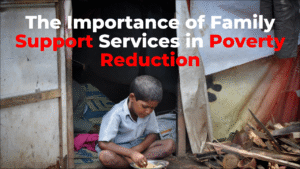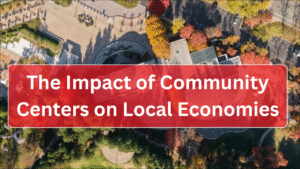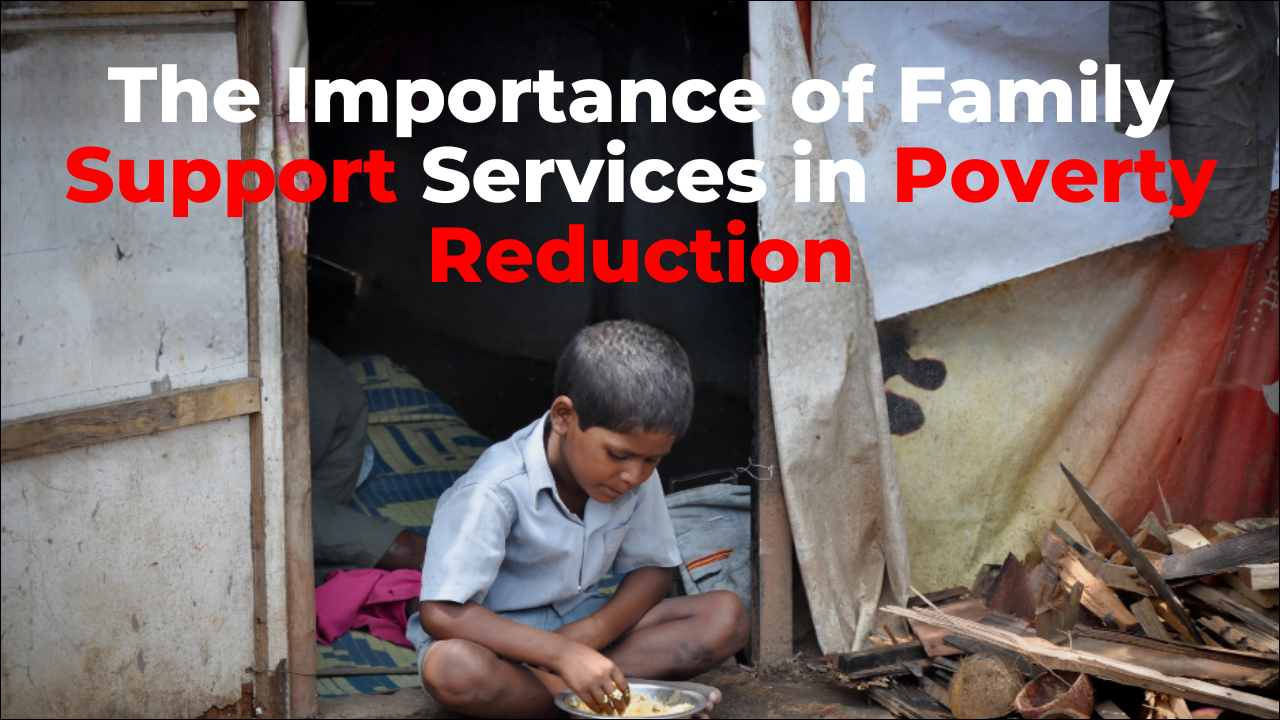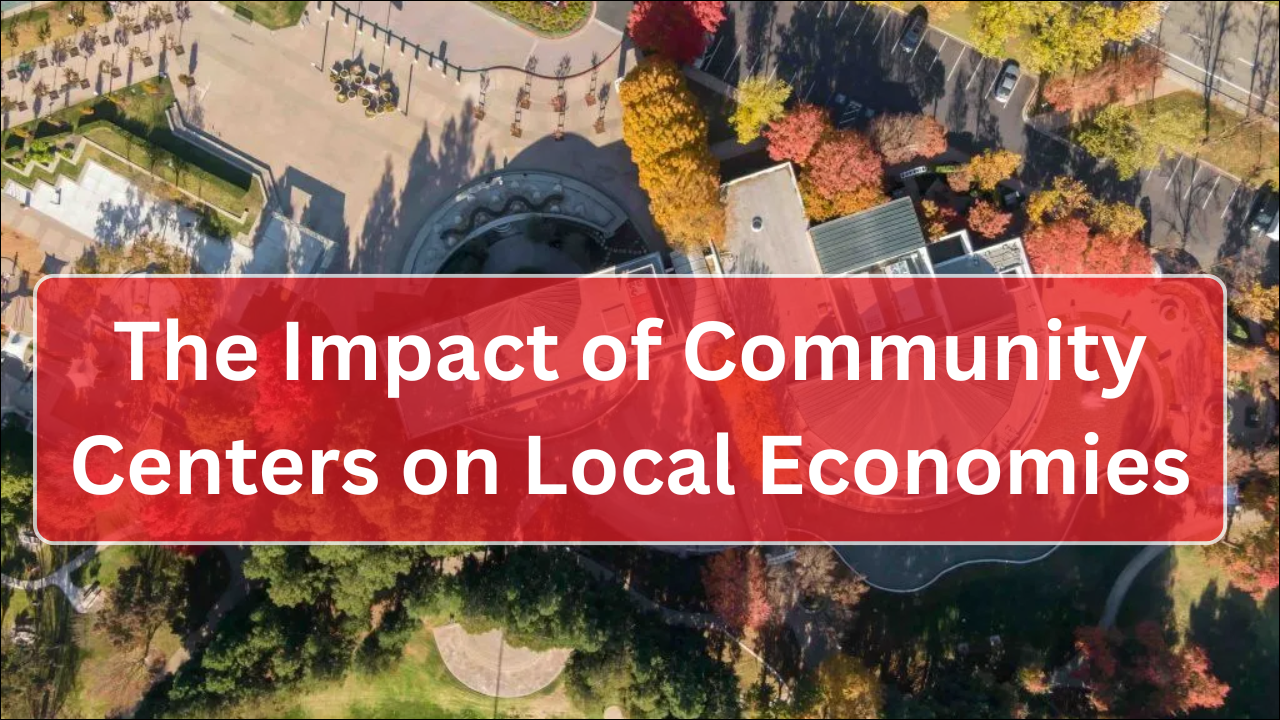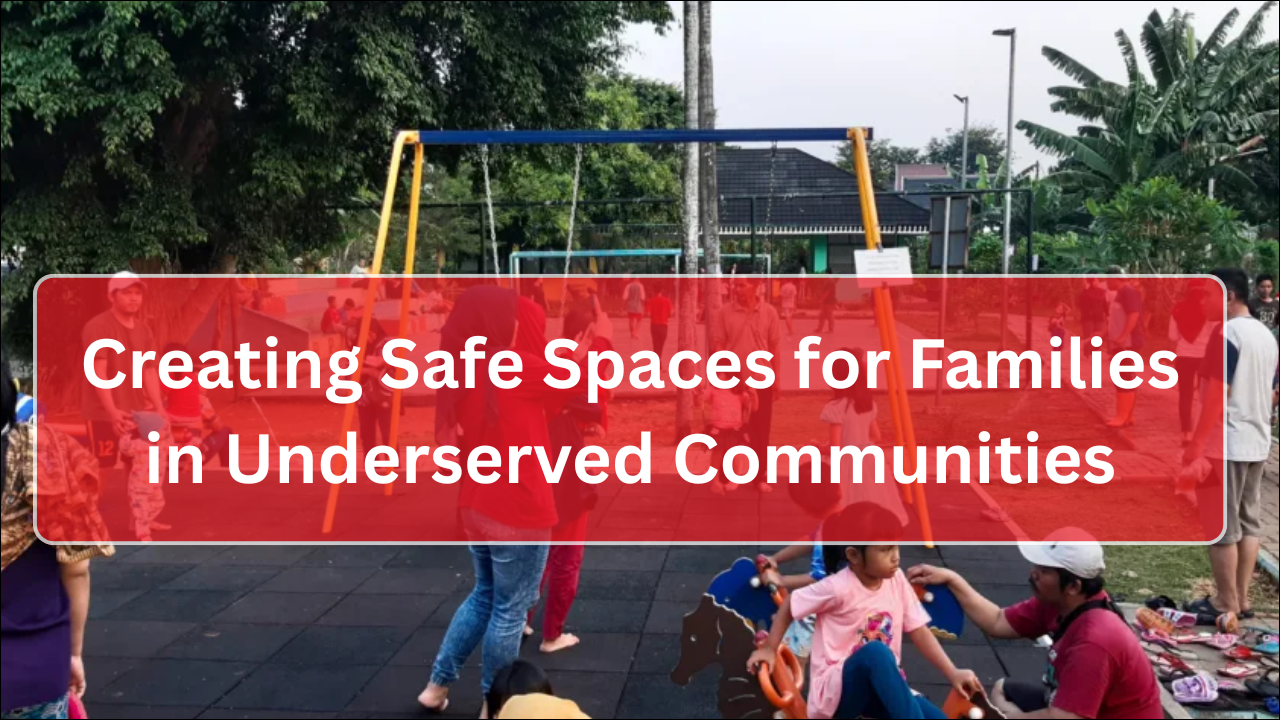
Nonprofit organizations play a critical role in shaping public policy by advocating for social change, representing community needs, and influencing legislation. They bridge the gap between citizens, government, and other stakeholders, ensuring that policies address pressing social, economic, and environmental issues. Organizations like The Hope Center for Families demonstrate how nonprofits leverage research, advocacy, and community engagement to influence decisions that directly affect families, education, healthcare, and local development. Their involvement strengthens democratic processes and promotes equitable solutions for underserved populations.
Table of Contents
1. Advocacy and Awareness
Nonprofits advocate for issues that may otherwise be overlooked or underrepresented in policymaking.
- Highlight social inequities and systemic challenges in communities.
- Educate policymakers about the lived experiences of vulnerable populations.
- Mobilize public support through campaigns, petitions, and awareness programs.
- Influence the agenda-setting process by providing credible data and research.
2. Research and Policy Analysis
Nonprofits research to inform effective policy solutions.
- Collect and analyze data on social, economic, and health-related issues.
- Produce policy briefs, reports, and recommendations for decision-makers.
- Evaluate existing policies to identify gaps, successes, and areas for improvement.
- Partner with academic institutions to strengthen the evidence base for advocacy.
Nonprofit Roles in Policy Research
| Activity | Description | Policy Impact |
|---|---|---|
| Data Collection | Surveys, case studies, demographic research | Evidence-based policy recommendations |
| Policy Analysis | Review current legislation and programs | Identify gaps and propose improvements |
| Research Partnerships | Collaborate with universities and think tanks | Credibility and informed advocacy |
| Publication of Reports | Policy briefs, white papers | Influence lawmakers and public opinion |
3. Direct Engagement with Policymakers
Nonprofits often engage directly with legislators, government agencies, and regulatory bodies.
- Organize meetings, hearings, and consultations to present community perspectives.
- Participate in advisory boards or task forces to influence decision-making.
- Draft proposed legislation or amendments in collaboration with policymakers.
- Monitor implementation of policies to ensure accountability and effectiveness.
4. Community Mobilization
Nonprofits empower communities to participate in policy advocacy.
- Educate citizens about their rights, responsibilities, and policy processes.
- Train community leaders and volunteers to advocate effectively.
- Organize grassroots campaigns, rallies, and public forums.
- Amplify marginalized voices to ensure inclusive and equitable policy outcomes.
Community Engagement Strategies
| Strategy | Purpose | Policy Outcome |
|---|---|---|
| Civic Education Workshops | Inform residents about policy issues | Increased public participation |
| Grassroots Campaigns | Mobilize communities for advocacy | Pressure on lawmakers to act |
| Public Forums | Facilitate dialogue between citizens and officials | Policies reflect community needs |
| Leadership Training | Equip advocates with skills | Sustained advocacy and empowerment |
5. Partnership and Collaboration
Collaboration enhances nonprofits’ ability to influence policy.
- Form coalitions with other organizations to amplify advocacy efforts.
- Collaborate with academic, business, and healthcare institutions for specialized expertise.
- Partner with government agencies to pilot programs or provide community services.
- Share data, best practices, and resources to strengthen collective impact.
6. Shaping Policy in Key Sectors
Nonprofits influence a wide range of policy areas, particularly those affecting vulnerable populations.
- Education: Advocating for funding, early childhood programs, and equitable access.
- Healthcare: Supporting public health initiatives, insurance access, and pediatric care.
- Housing: Promoting affordable housing, tenant protections, and homelessness prevention.
- Employment: Encouraging workforce development, job training, and economic empowerment programs.
- Social Justice: Advancing policies on civil rights, equity, and inclusion.
7. Monitoring and Accountability
Nonprofits play a watchdog role, ensuring that policies are implemented effectively.
- Track government programs to ensure they meet intended goals.
- Report on discrepancies, inefficiencies, or inequities in policy execution.
- Advocate for adjustments, improvements, or enforcement of regulations.
- Publish findings to inform the public and maintain transparency.
Nonprofit Policy Influence Lifecycle
| Stage | Nonprofit Role | Impact on Policy |
|---|---|---|
| Research & Analysis | Collect data and evaluate policies | Evidence-based recommendations |
| Advocacy & Engagement | Meet policymakers, submit proposals | Direct influence on legislation |
| Community Mobilization | Educate and organize citizens | Inclusive representation of community needs |
| Monitoring & Accountability | Track policy implementation | Improved effectiveness and transparency |
8. Challenges in Policy Advocacy
Nonprofits face obstacles that can limit their influence on public policy.
- Funding Constraints: Limited budgets restrict research, outreach, and advocacy activities.
- Political Barriers: Partisan politics may hinder nonprofit efforts or limit access to decision-makers.
- Capacity Limitations: Smaller organizations may lack staff or expertise for comprehensive advocacy.
- Public Awareness: Difficulty in mobilizing community support for complex policy issues.
- Regulatory Restrictions: Legal limitations on lobbying activities for certain nonprofit types.
9. Strategies for Effective Policy Influence
Nonprofits can overcome challenges through strategic approaches.
- Diversify funding sources to maintain independent advocacy efforts.
- Build coalitions to enhance credibility and amplify influence.
- Invest in staff training and leadership development for effective engagement.
- Use data-driven campaigns and storytelling to communicate impact.
- Engage the community continuously to ensure policies reflect lived experiences.
10. Long-Term Impact of Nonprofit Policy Work
Sustained nonprofit advocacy shapes more equitable, effective, and responsive public policies.
- Policies better address the needs of underserved populations.
- Community voices are integrated into decision-making processes.
- Programs and services become more efficient and accountable.
- Nonprofits create lasting networks of civic engagement and advocacy capacity.
- Long-term social and economic improvements result from targeted, evidence-based policy interventions.
Long-Term Outcomes of Nonprofit Policy Influence
| Policy Area | Outcome | Community Benefit |
|---|---|---|
| Education | Equitable access and funding | Improved academic outcomes and workforce readiness |
| Healthcare | Expanded preventive care and access | Healthier populations and reduced disparities |
| Housing | Affordable, stable housing | Reduced homelessness and economic insecurity |
| Employment | Workforce development programs | Increased income and self-sufficiency |
| Social Justice | Civil rights and equity protections | Inclusive, empowered communities |
The Bottom Line
Nonprofits play a vital role in shaping public policy by advocating for marginalized communities, conducting research, mobilizing citizens, and ensuring government accountability. Organizations like The Hope Center for Families exemplify how nonprofits influence legislation and programs that improve education, healthcare, housing, and social services. Through sustained engagement, collaboration, and evidence-based advocacy, nonprofits help create policies that foster equity, opportunity, and social well-being, ultimately strengthening communities and improving quality of life for all residents.

